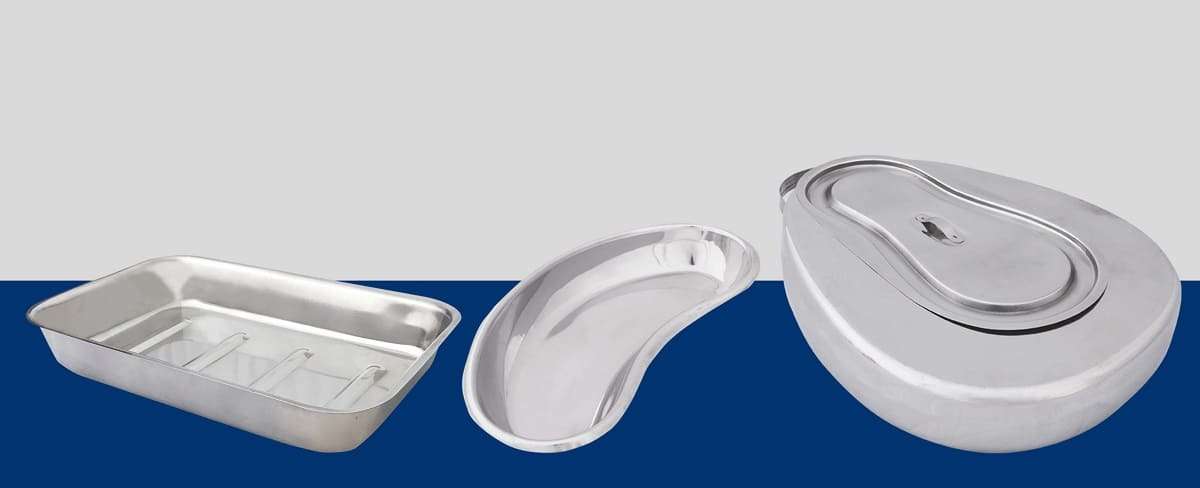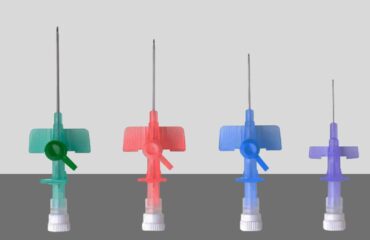Hospitals use holloware for various medical procedures, such as surgery, diagnosis, and treatment. The term “holloware” refers to a group of medical instruments that are hollow in shape and used for various purposes. These instruments can be made of different materials, such as stainless steel, plastic, or glass. Some common examples of holloware include syringes, catheters, and needles. Holloware is essential for the smooth functioning of a hospital and plays a critical role in the healthcare industry.

Selecting the appropriate quality of holloware for hospitals is crucial for ensuring patient safety, durability, and efficiency in healthcare settings.
Here are some factors to consider when making this decision:
Material:
Holloware items are typically made from stainless steel, aluminum, or plastic. Stainless steel is often preferred due to its durability, resistance to corrosion, and ease of sterilization. However, for certain specialized purposes, such as disposable items, plastic may be more suitable.
Durability:
Hospital holloware needs to withstand frequent use, cleaning, and sterilization processes without degradation. Opt for high-quality materials and construction to ensure longevity.
Sterilization Compatibility:
Ensure that the holloware items can withstand the sterilization methods used in your hospital, such as autoclaving or chemical sterilization. Stainless steel is often preferred for its compatibility with various sterilization techniques.
Ease of Cleaning:
Hospital holloware should be easy to clean to maintain proper hygiene standards. Smooth surfaces without crevices or seams are easier to clean and less likely to harbor bacteria.
Functionality:
Consider the specific needs of your hospital departments when choosing holloware items. Different areas, such as operating rooms, patient rooms, and laboratories, may require different types of holloware with specialized features.
Regulatory Compliance:
Ensure that the holloware items meet regulatory standards and guidelines for healthcare facilities, such as those set by organizations like the FDA (Food and Drug Administration) or relevant international standards.
Cost:
While it’s essential to prioritize quality and safety, consider the cost-effectiveness of different holloware options. Balance the upfront cost with factors such as durability and maintenance requirements over time.
Supplier Reputation:
Choose a reputable supplier known for providing high-quality, reliable holloware products. Look for suppliers with a track record of serving healthcare facilities and providing excellent customer support.
What are the purposes of Holloware in Hospitals?
Holloware refers to various metal or plastic items used in healthcare settings, primarily in hospitals, for a range of purposes. Here are some common uses of holloware in hospitals:
Instrument Trays:
Stainless steel instruments trays are used to hold surgical instruments during procedures. These trays are designed to be sterilized and maintain a sterile field within the operating room.
Basins and Bowls:
Stainless steel basins and bowls are used for various purposes, such as holding fluids during medical procedures, soaking instruments, or providing water for patient care.
Kidney Trays:
Kidney trays, also known as emesis basins, are shallow dishes with a kidney-shaped design used for collecting bodily fluids, vomit, or other waste during medical procedures or patient care.
Dressing Jars:
Dressing jars are containers used for holding sterile dressings, gauze, cotton balls, or other wound care supplies. They help keep supplies organized and readily accessible for medical staff.
Forceps Jars:
Forceps jars are containers designed to hold surgical forceps, scissors, and other small instruments needed during procedures. They help maintain instrument sterility and organization in the operating room.
Specimen Containers:
Holloware includes containers used for collecting and transporting patient specimens, such as urine, blood, or tissue samples, for laboratory testing and analysis.
Surgical Trays:
Surgical trays are customized sets of holloware items assembled for specific surgical procedures. They typically include instrument trays, bowls, basins, and other necessary equipment tailored to the requirements of the procedure.
Bedpans and Urinals:
Plastic or stainless steel bedpans and urinals are used for collecting and disposing of bodily waste from immobile or bedridden patients who cannot use standard restroom facilities.
Surgical Drains:
Holloware may include surgical drains used to remove excess fluids or air from surgical sites to aid in healing and prevent complications after certain procedures.
Mayo Stands and Instrument Tables:
Mayo stands and instrument tables are adjustable metal stands with trays or shelves used to hold instruments, supplies, and sterile items during surgical procedures, providing easy access for surgeons and assistants.


